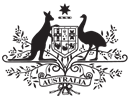To use a phrase coined by former US vice president Al Gore and repeated several times at the Parliament House climate change forum this week, there may be no "silver bullet" to deal with climate change but there might be "silver buckshot".
This is an evocative way of saying that the effort to reduce the world's carbon emissions will require a range of technologies and policies. No single action will be enough on its own.
This idea underlies the federal governments' Carbon Farming Initiative being debated in the House of Representatives this week, which will give farmers and landholders access to carbon markets worth hundreds of millions of dollars by 2020 for regional and rural Australia. And it will complement the Government's plans for a carbon price, and our existing programs in place to tackle climate change.
Before I entered Parliament, I spent time in the Top End as a field officer with a land rights organisation, working on the establishment of Kakadu National Park and land use in Arnhem Land.
That's why I'm particularly interested in the first proposal to go out for consultation under the Carbon Farming Initiative, because it has the potential to deliver significant benefits for Indigenous communities across remote regions of the north of Australia.
Anyone who has visited the Top End of Australia between July and October knows that a haze of smoke covers the country. It's this smoke that creates the magical sunsets the Top End is famous for.
Slow moving bush fires, often burning for weeks on end across the grassy treed woodlands, known as tropical savanna, create huge volumes of smoke and produce huge volumes of carbon emissions. If the country is burned early in the dry season, as opposed to late in the season, the intensity of the fire is lower, because of lower fuel volumes, with consequent lower carbon emissions.
The proposal under the Carbon Farming Initiative is to provide carbon credits for land managers, including Indigenous land managers, that take steps to reduce the carbon emissions of the fires. The proposal was developed by the Government working closely with Indigenous groups and CSIRO scientists and has been specifically tailored to align with the aims of Indigenous land owners and managers.
It combines traditional Indigenous knowledge of country with scientific understanding of fire behaviour and carbon emissions. It also combines emission reductions with employment opportunities and carbon credit income for Indigenous people.
Tackling climate change is major international challenge, of a scale far beyond anything the world has had to confront before. We stand in uncharted territory.
But in doing our part, we're also presented with great opportunities. The savannah burning proposal is not by itself the "silver bullet" for climate change, but can certainly be one pellet of the "silver buckshot".



